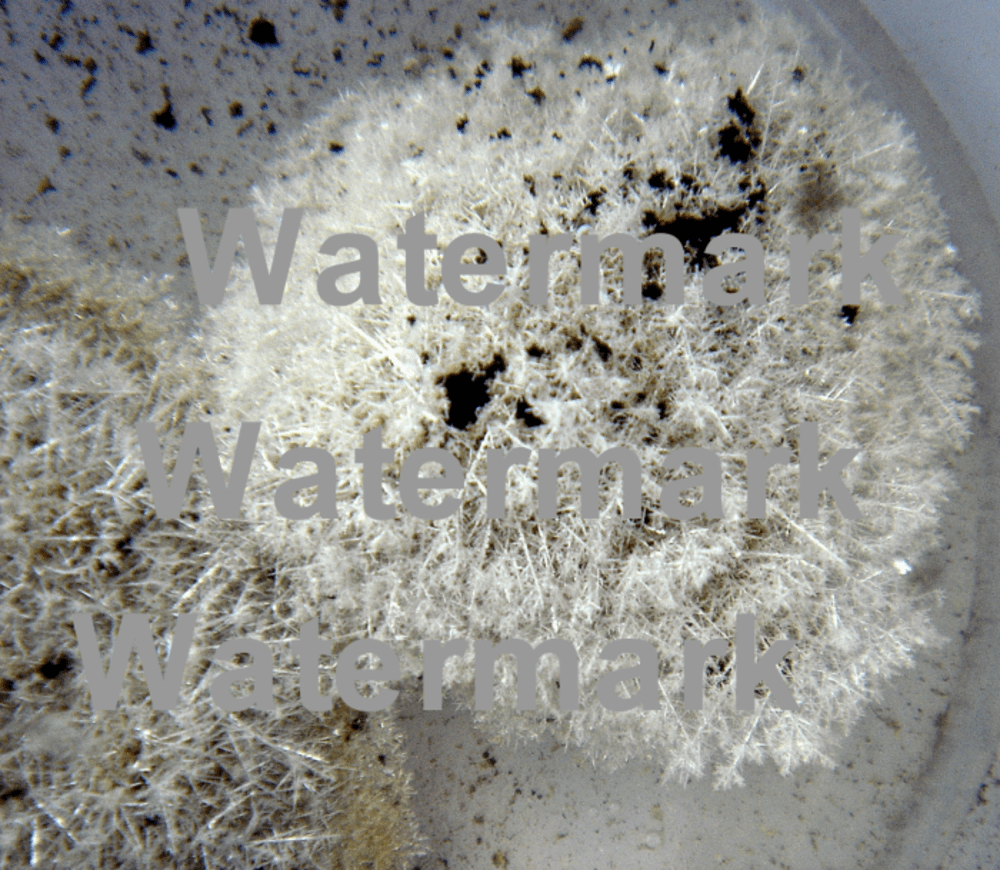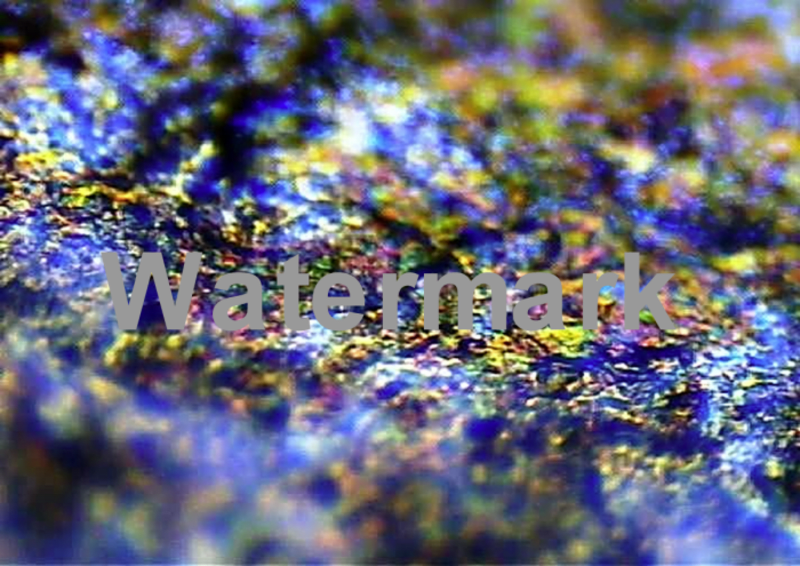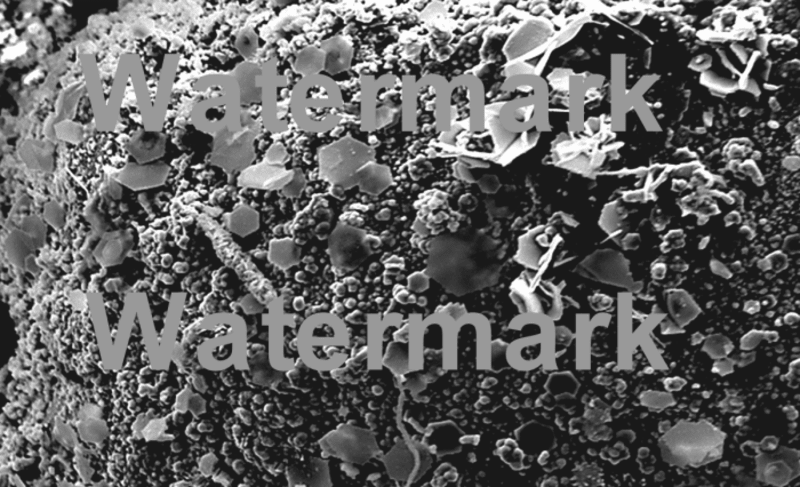Around the globe, thousands of people suffer due to pollution of water with metals. The bioavailability of toxic substances dissolved in water used for drinking and food preparation, especially lead or mercury, is in the form of ions. Those are removed by the proposed way in a simple and definitive form, not by adsorption but by reduction and deposition in their metallic form instead. Many metals are grown as porous dendritic deposits using iron o manganese as substrates. The metallic Fe or Mn are prepared in bulk or films of different patterns and immersed in water polluted with ions. The purification is quick and cheap and the bulk substrates are used in repeated cycles. Along with the process, a small proportion of water is decomposed, which feeds the reactions. Also, pure hydrogen and oxygen bubbles are formed as result.
The provided images show highly pure silver, lead and aluminum deposits. The first one, appear as a formation of shinning trees with dendritic leaves forming the most luminous material, pure metallic silver. The multicolored surface of aluminum shows iridescence as those colors of butterfly wings and sea shells. Such interference colors are formed with successively stacked thin layers. The third image, a Scanning Electron Microscopy image, presents the growing of lead with hexagonal lamellar formations. Mercury ions in water also are susceptible to reduction on the metals used as substrates, which may conduct to its removal from water.
The product is displayed in the form of a plaque, net or different patterns of metallic iron (or manganese), with costs basically based on those of the metal used as substrate. The big difference with other approaches to water purifying is the high amounts of removed metal. Also, the absorbing materials are limited in their capacity and they are polluted at the same time and in the same amount as the removed pollutants, which may require special handling and posterior treatment. Another potential is the use to harvesting precious metals from water. This can be applied in areas with high metal content in water, either used for drinking, cleaning or agriculture.
Like this entry?
-
About the Entrant
- Name:Jose De Jesus Perez Bueno
- Type of entry:individual
- Software used for this entry:TOPAS, COMSOL 4.0
- Patent status:none








